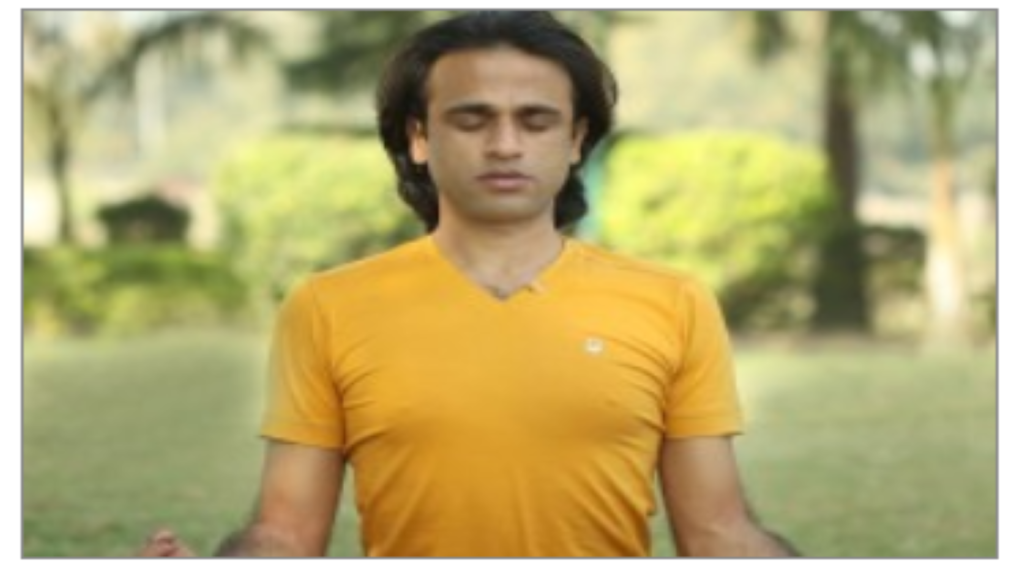Kapalbhati is a cleansing kriya (practice) and not a Pranayama technique. kriya and pranayama are different in Yoga. Pranayama literally translates into expansion of Prana or Vital energies. where as Kapalbhati is one of the many cleansing techniques (shuddhi kriyas) of yoga. It is very important to learn the correct method of Kapalabhati as wrong practice can lead to many ill effects. Kapalbhati is a part of yogic process and the claims which advertise Kapalabhati kriya alone as a miracle cure for every ailment are false. There are no shortcuts in yoga. On this path nothing can replace true long Sadhana and perseverance. In fact, if a person is doing yoga and pranayama correctly then according to Hatha Yoga Pradipika it is not really mandatory to do cleansing processes like Kapalabhati
पराणायामैरेव सर्वे परशुष्ह्यन्ति मला इति |
आछार्याणां तु केष्हांछिदन्यत्कर्म न संमतम || ३७ ||
prāṇāyāmaireva sarve praśuṣhyanti malā iti |
āchāryāṇāṃ tu keṣhāṃchidanyatkarma na saṃmatam || 37 ||
Some acharyas (teachers) do not advocate any other practice, being of opinion that all the impurities are dried up by the practice of Pranayama.
Kapalabhati should not be done in a rapid manner with forceful inhalations and exhalations. Such false practices can lead to “over breathing or Hyperventilation”. Hyperventilation is a condition in which you start to breathe very fast. Healthy breathing occurs with a healthy balance between breathing in oxygen and breathing out carbon dioxide. You upset this balance when you hyperventilate by exhaling more than you inhale. This causes a rapid reduction in carbon dioxide in the body and it can harm you . Not only this, doing Kapalabhati in this manner can disturb your Prana or Vital energy flow and would cause disturbances in the mind instead of calming it down. Practising Kapalbhati for 1-2 minutes is good enough. There is no need to do long sessions of this practice. Three rounds with 30-50 strokes in each round are optimum for this kriya and should be slow. Fast breathing practices like Kapalabhati, Bhastrika are to be performed in the beginning of the pranayama practice and they should constitute only about 10% of the total pranayama practice. The rest 90% should be slow breathing like Anulom-Vilom or Nadi Shodana, Ujjaiyi, Vashistha paranayma . Pranayama is all about expanding/increasing your “Pranic Shakti or Vital Energy” and in fast breathing we are not taking in more “Prana” as both inhalation and exhalation are short. Slow deep breathing takes in more vital energy into the body and slow exhalation activates the Parasympathetic Nervous System (Chandranadi). Activation of parasympathetic nervous system is responsible for calming the mind, resolution of anxieties and increased healing which makes our mind stable and leads us into deeper meditative experiences

